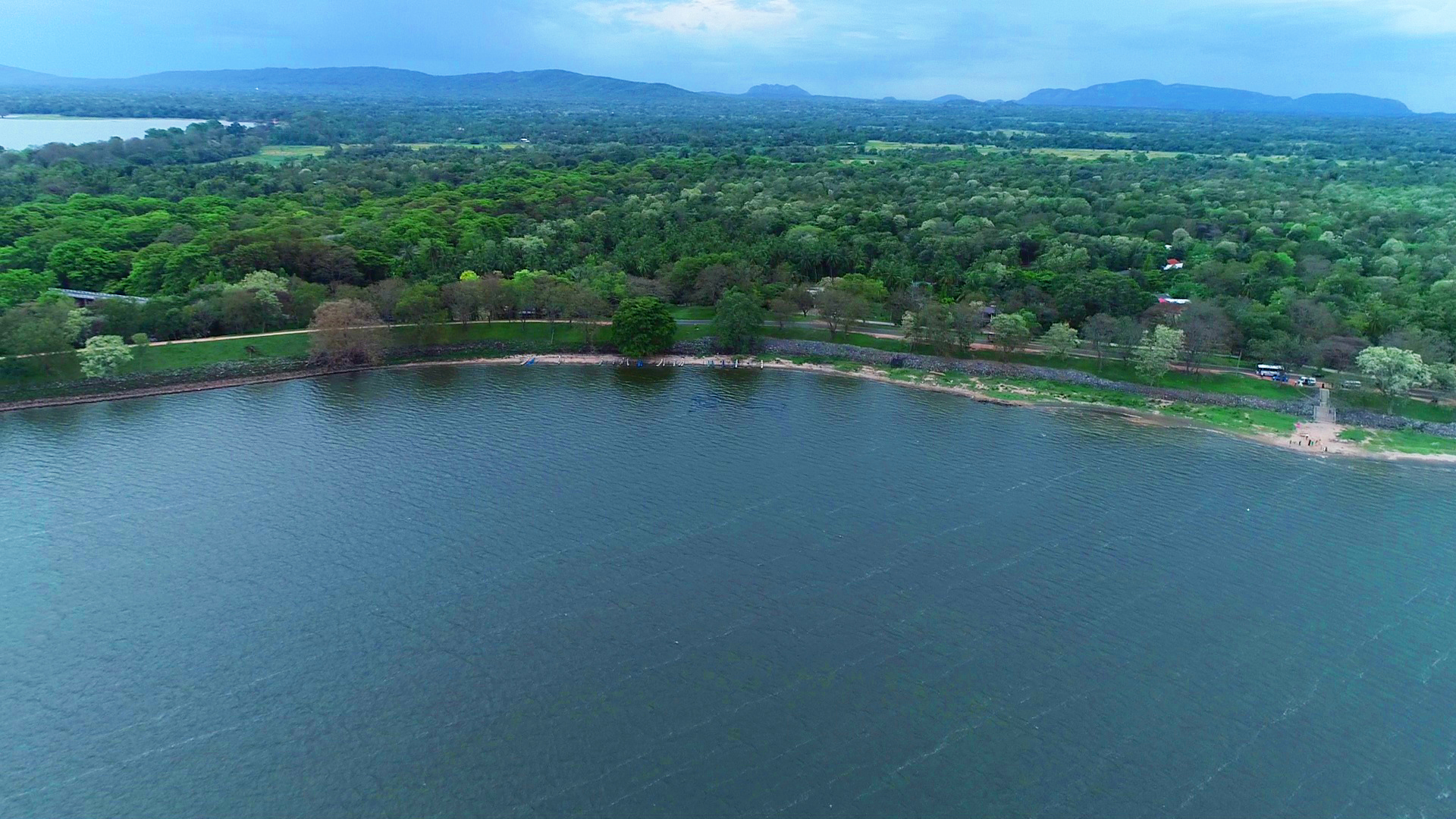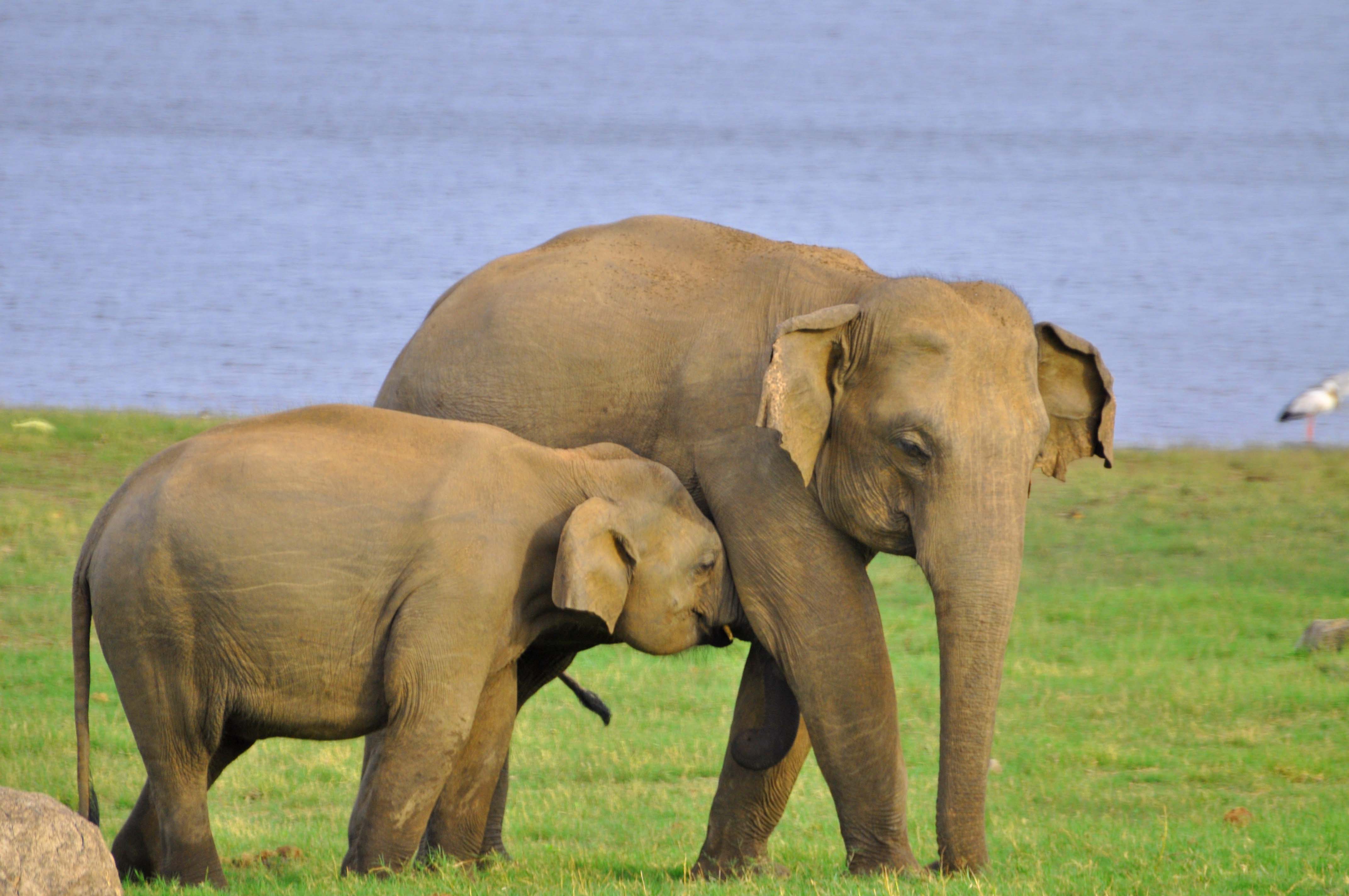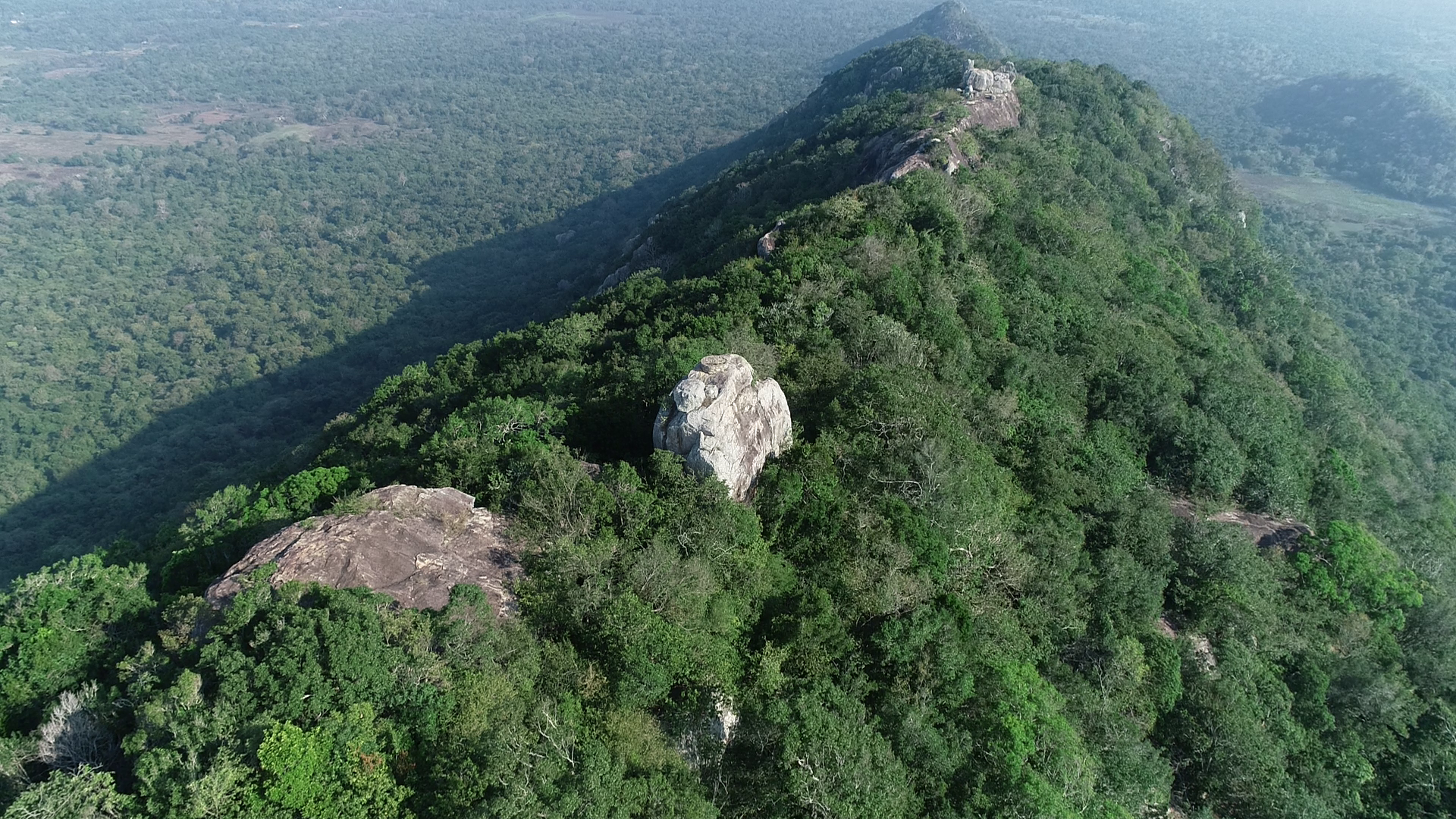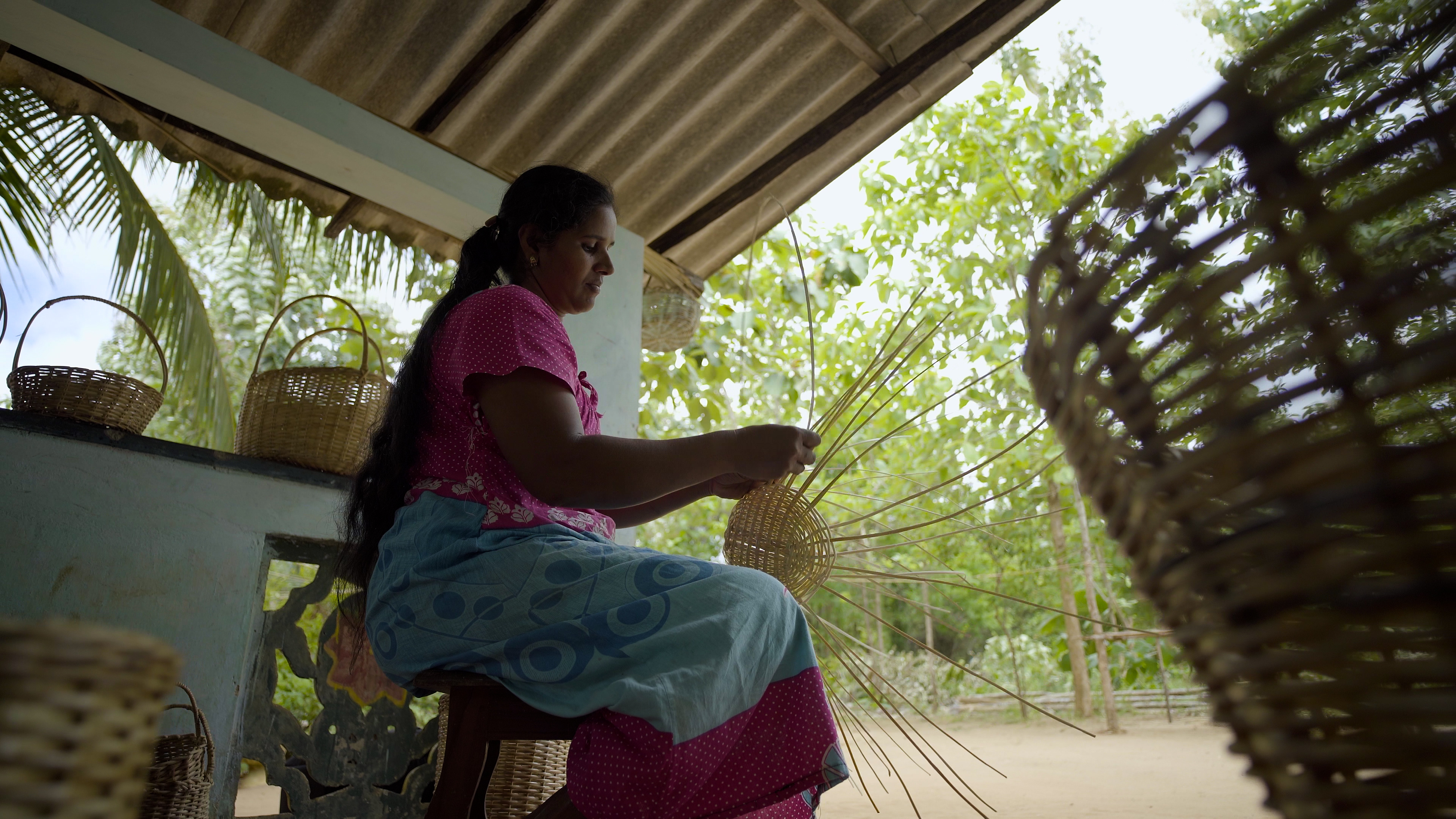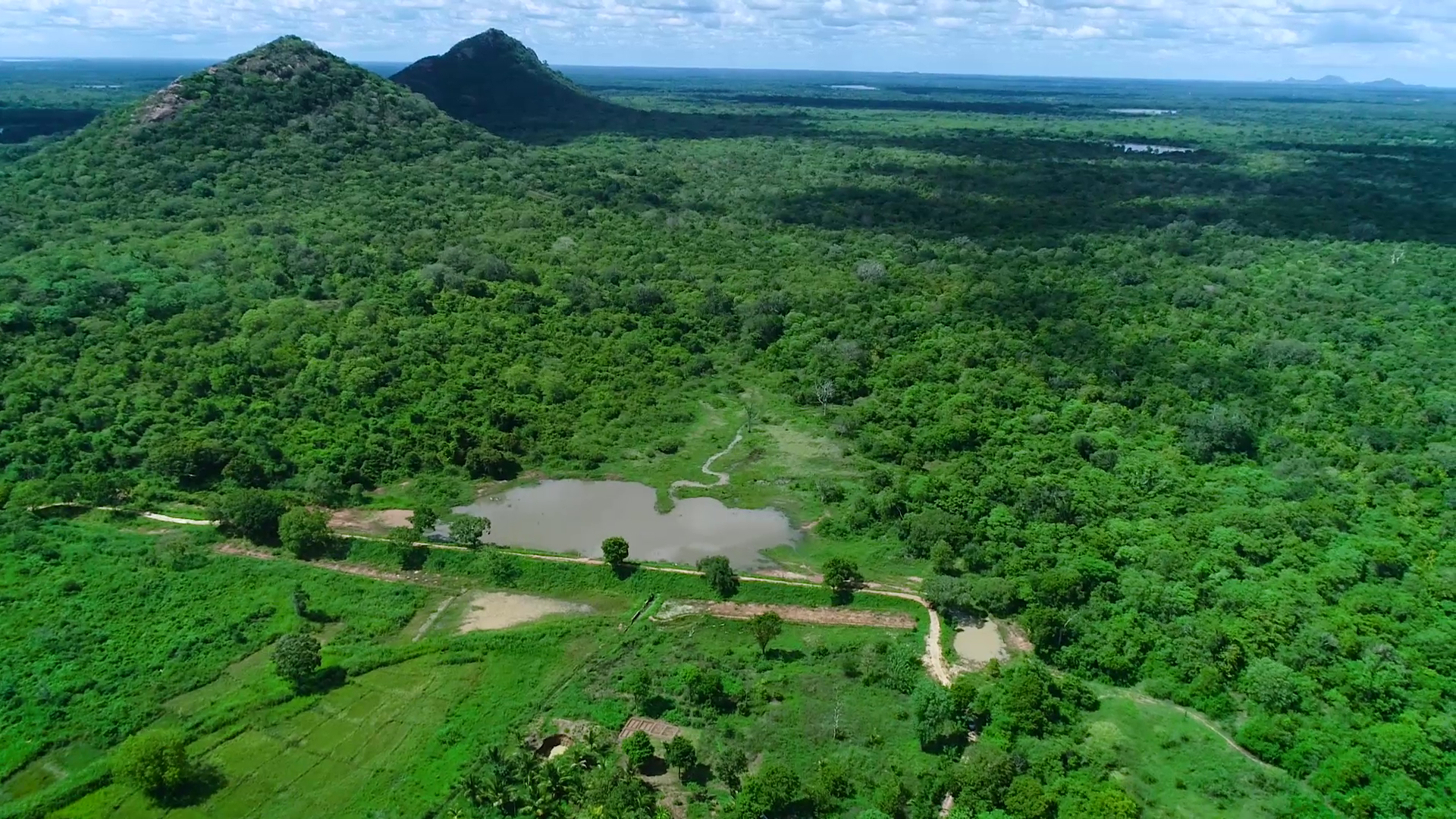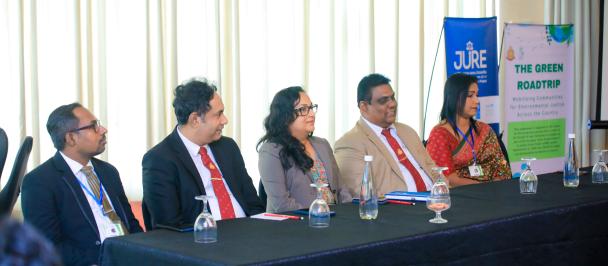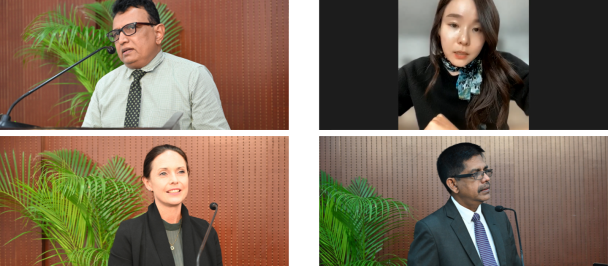Kalawewa, Sri Lanka
With the global realisation of the value of ecosystems and Environmentally Sensitive Areas, efforts are scaling up to halt, reverse and prevent future degradation of land worldwide, including natural, semi-natural, agricultural or industrial, rural or urban areas. Restoring and sustaining Environmentally Sensitive Areas, which fall outside protected areas, require leadership from governments, the community, civil society and the private sector, with the support of sound science driven by the collective action of multiple stakeholders which ultimately contribute to their resilience.
The local scenario
Sri Lanka takes pride in the fact that together with the Western Ghats of India, this island is recognised as one of 36 biodiversity hotspots of the world. However, with an enviable number of endemic – and point-endemic – flora and fauna species found in such a small landmass, this developing nation is facing many competing factors when managing its limited land resources. These challenges include the land needs of an ever-increasing population; the growing demand for agricultural land; large-scale development projects with significant land requirements; and the list goes on.
Manawakanda ESA Site
Although Sri Lanka has established a network of protected areas (PAs) under the Fauna and Flora Protection and Forest Ordinances to conserve biodiversity in specific forest areas, there are many areas that are rich in biodiversity and provide important ecosystem services situated outside the PAs. These areas - situated among human settlements and utilized for different types of human use including agriculture, fisheries, irrigation, tourism, among others. – Some of these areas include endangered, endemic and range-restricted species, rare and fragile habitats, nesting and nursery areas, which could be adversely affected and perhaps irreversibly, as a result of human activity.
While over a quarter of Sri Lanka’s forest land has been allocated as Protected Areas, it is clear that conserving these areas alone is not sufficient to sustain the rich biodiversity of the island; after all, animals and plants do not understand boundaries. Some lands that fall outside Protected Areas also act as a buffer against natural disasters. Many environmentally sensitive land particles are found in and around human habitats, with rural communities depending on such lands to eke out a living.
Filling a large vacuum
When examining each of these challenges, it is evident that wise and strategic use of land is central to the social, environmental and economic stability of Sri Lanka. Therefore, a clear course of action guided by a well-thought-out policy is needed to conserve and manage land areas that have a bearing on biodiversity, disaster resilience, and social upliftment.
It is within this context that the Ministry of Environment in Sri Lanka through the support of the United Nations Development Programme (UNDP) in Sri Lanka has spearheaded a national policy to conserve and manage Environmentally Sensitive Areas (ESAs) – that by its very definition fall outside Protected Areas. This policy has been formulated through an experiential process, in which three relatively different localities were selected six years ago as pilot sites of the now concluded ESA Project. The lessons learned when finding creative ways to conserve and manage these ESA project sites ensured that the policy is based on addressing ground realities.
Well-researched approach
After identifying the stakeholders of these lands, representatives of each of the stakeholder agencies were brought around one table together with the surrounding community. With sustainable management, conservation and wise use of the ESAs as their shared objective, these stakeholders – with their own distinct expectations – were encouraged to share their perspectives and find creative ways to support each other meet this shared objective.
The vision of this entire exercise is to create a healthier, safer and conserved environment supported by nature-centric economic activities across Environmentally Sensitive Areas. To this end, enabling platforms are being created at all levels to ensure a participatory and conscious decision-making process using the concept of environmental democracy as a guide. The Sri Lanka Institute of Development Administration, Ministry of Environment, Land use Policy Planning Department along with the Wayamba University of Sri Lanka institutionalised capacity building training modules to equip all stakeholders with the required skills and capacities through the development of operational manuals, guidelines and the online integrated biodiversity assessment tool to identify ESAs in Sri Lanka.
Since many of the activities require scientific knowledge, academics and subject specialists were consulted to fill the knowledge gap when developing the technical specifications for identifying an Environmentally Sensitive Area and developing the national policy.
Meeting multiple objectives
The criterion that was developed through this process focused on meeting the following key objectives at a national level:
Environmental conservation: Conservation of biodiversity, ecosystems, endemic/Indigenous/ threatened species and their habitats; conservation of genetic biodiversity; reduction of land degradation and level of soil conservation; water conservation and water management; control of Invasive species; reduction of GHGs emissions and carbon sequestration; and mitigation of natural disasters.
Governance and project management: Level of relevance to the ESA concept; co-management among different stakeholders including communities; involvement of women and youth; co-financing through all relevant partners; ensuring transparency and establishing a monitoring mechanism; sustainability and upscaling of the project; defining a process for receiving and evaluating proposals for ESAs.
Economic development: Livelihood activities that reduce the threats to biodiversity; improved income of affected communities including women and youths; equitable opportunities are provided for youths/women/indigenous community.
Social development: Capacity development including institutional as well as community, especially advancement of women and youth; enhancement of institutional and community relationships; engagement and involvement of the surrounding community to conserve biodiversity.
Addressing real issues
Agriculture and tourism are the most common economic drivers in areas outside Protected Areas where ESAs are located. Due to human activities in these areas, it is not possible to declare them as formal PAs or apply strict protection regimes. Therefore, introducing a regulatory framework such as the ESA concept and process is more appropriate, as it enables the conservation of biodiversity while taking into consideration the needs of the local community. It also creates the understanding and buy-in among local communities, that the land is a part of their social structure and that environmental services help sustain their livelihoods while contributing to an attitude change on the current notion that conservation is the sole responsibility of the government alone.
Many such previous efforts have tried and failed to make a lasting impact, due to the inadequate attention given to livelihood needs, limited consideration of trade-offs, inequitable distribution of benefits and costs, limited or ineffective engagement between local communities and planners, a poor science-based knowledge platform and undue focus on unsustainable short-term actions. The ESA policy development exercise draws lessons from previous successes and failures and builds on a holistic understanding of the drivers of degradation while achieving the benefits of good land maintenance and restoration.
Moving forward swiftly
Managing ESAs at the massive scale needed in Sri Lanka will require redesigning multiple systems that enable coordinated human use, financing of goods and services and creating supportive institutional mechanisms. Effective ground-level strategies that accommodate operational needs while understanding the requirements of communities in each unique biogeographical context can now be developed and implemented in line with the ESA methodology. It is vital that all these different sectors work together and take ownership in developing and implementing cohesive and meaningful policies to advance balanced, inclusive green growth in the country and achieve the Sustainable Development Goals.
While the implementation of the ESA policy requires the concerted effort of the Government of Sri Lanka, the long-standing partnership with UNDP in Sri Lanka in formulating such a ruminative course of action would no doubt pay rich dividends for Sri Lanka, strengthening Sri Lanka’s efforts in transforming and working towards a clear and cohesive future on Green Development
Habarawatta Cascade System Site

 Locations
Locations